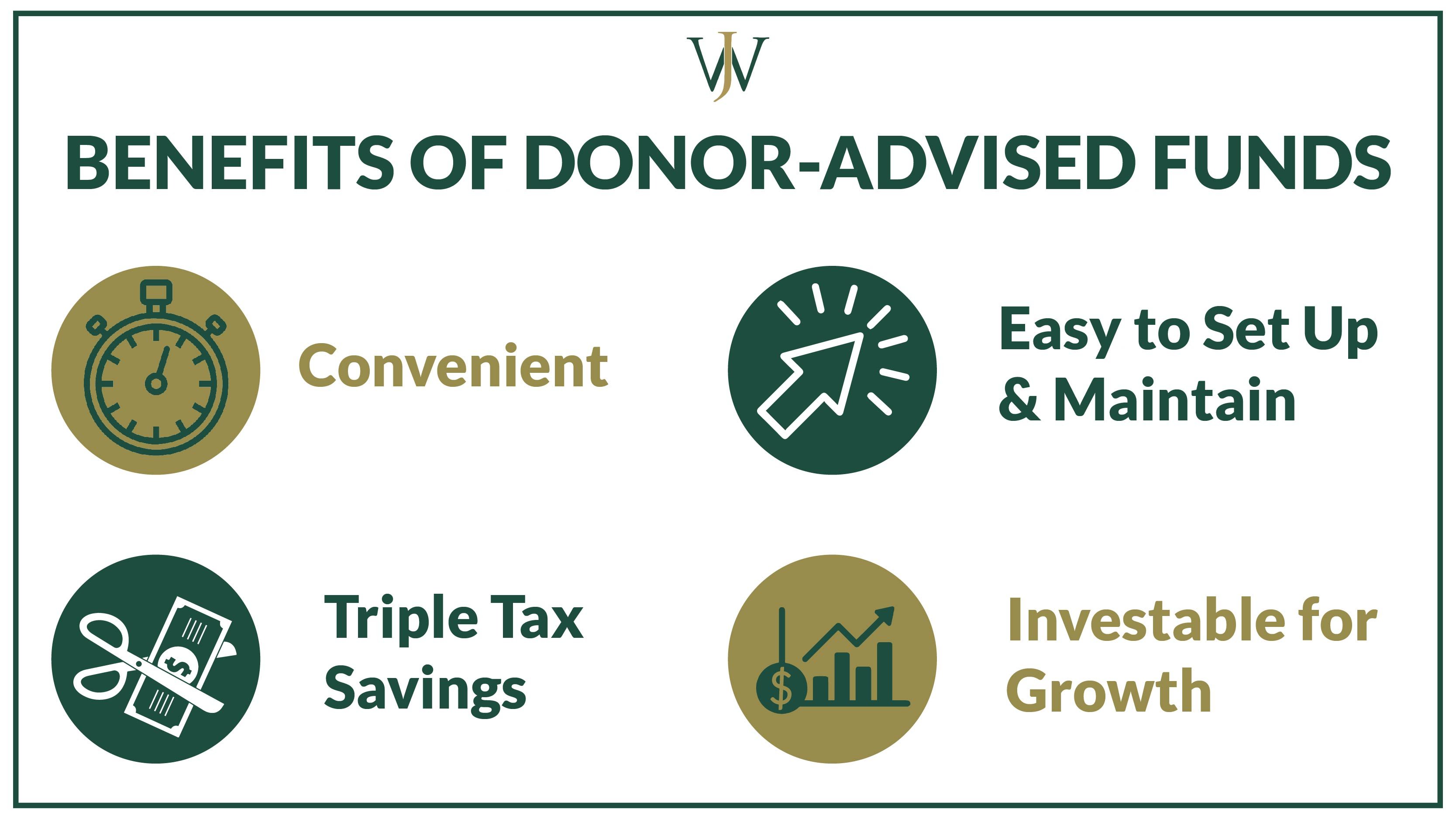Featured Post:

Why Now Is the Time for Donor-Advised Funds Before 2026 Tax Changes Hit
High-income families and philanthropic investors are increasingly turning todonor-advised funds (DAFs)tosupport the causes they care about, while also reducing taxes. DAFs enable donors to contribute...
Why Now Is the Time for Donor-Advised Funds Before 2026 Tax Changes Hit
by John Siegel, CFP®, EA
November 25, 2025
How to Select Retiree Medical Health Benefits for BP Professionals
by Sarah Sikorski, CPA, CFP®
November 25, 2025
End Of Year Financial Planning Checklist for BP Professionals
by John Siegel, CFP®, EA
November 21, 2025
401(k) Contribution Limits & How to Max Out the Shell Provident Fund
by Alexis Long, MBA, CFP®
November 13, 2025
401(k) Contribution Limits & How to Max Out the Chevron Employee Savings Investment Plan (ESIP)
by Alexis Long, MBA, CFP®
November 13, 2025
401(k) Contribution Limits & How to Max Out the BP ESP (Employee Savings Plan)
by John Siegel, CFP®, EA
November 13, 2025
Retirement Planning After a Severance Package & Rediscovering Purpose
by Nick Johnson, CFA®, CFP®
November 07, 2025
Stock Market News and Investment Insights for 2025
by Nick Johnson, CFA®, CFP®
October 23, 2025
Navigating Shell Disability Insurance Coverage During Open Enrollment
by Alexis Long, MBA, CFP®
October 14, 2025
How to Evaluate Chevron Disability Insurance Options in Open Enrollment
by Alexis Long, MBA, CFP®
October 14, 2025




